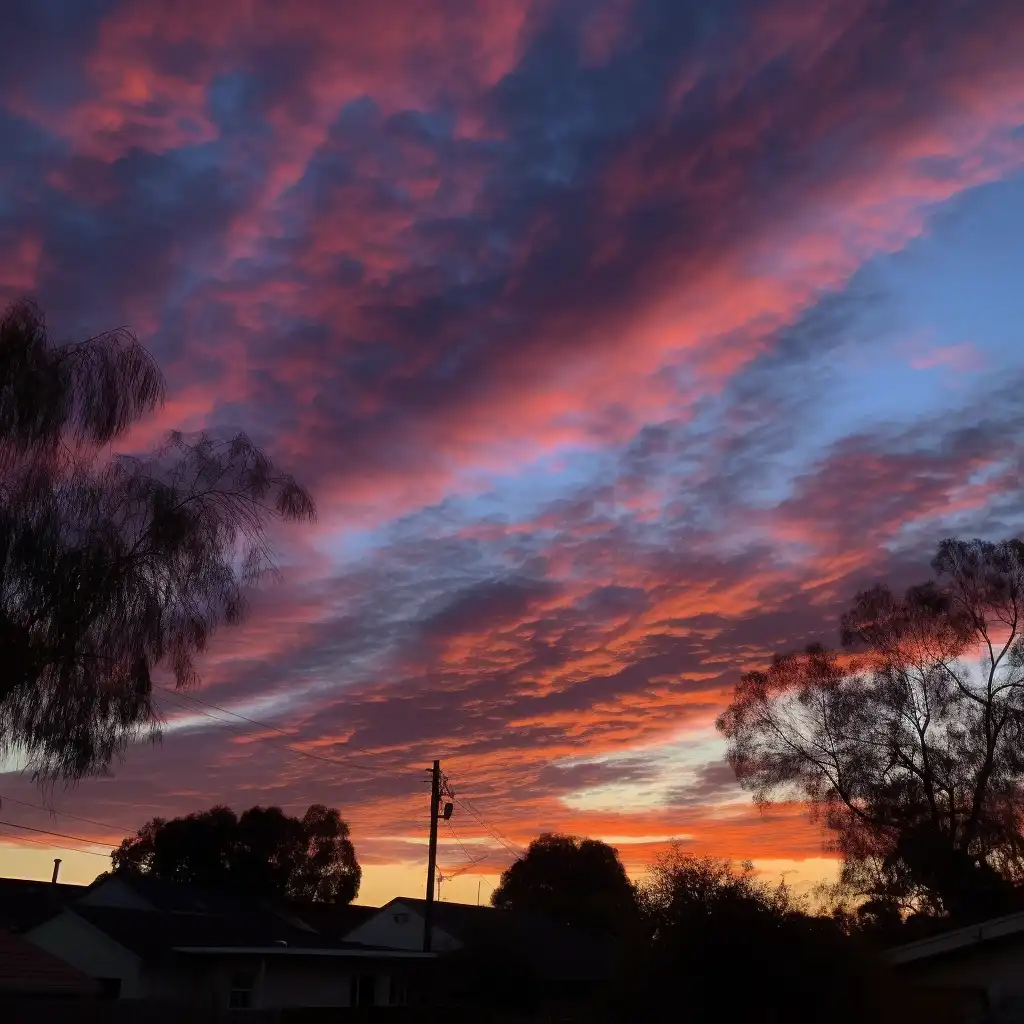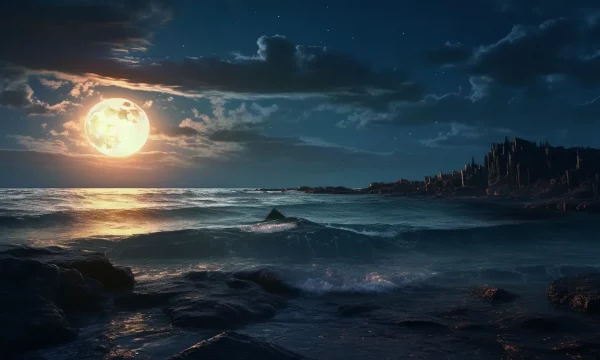
Lunar Legends: The Meaning Behind Full Moon Names
Last Updated: November 9, 2023
About every month, you can see a full moon, a beautiful addition to the night sky which provides extra light and a gorgeous view. But did you know that each full moon has a name?
Let’s explore these names, their origins, their meanings, and the dates for 2023.
Introduction and Background
The Moon is our satellite, orbiting around us while we orbit around the Sun. The moon produces no light of its own, but we see it because it reflects light from the Sun to Earth. As it orbits around us as we orbit around the Sun, we see the interplay of shadows and angles as phases of the moon. When the Moon is between the Earth and the Sun, it blocks the light from the Sun and therefore we can’t see the moon, which is called the New Moon phase.
Then, as it orbits around, we see a little bit more each night, growing/ waxing from a Crescent phase to the First Quarter phase when it appears about half full, and then continues growing, in what we call the Waxing Gibbous phase. When the Earth is directly between the Sun and the Moon, the light travels around our planet and then fully illuminates the Moon’s face, creating the Full Moon phase.
It then continues around the other side of the moon, slowly waning through the gibbous, last quarter, and finally crescent phases until it arrives back at New Moon about 29.5 days later.
Observing
The day before and after the official Full Moon can still appear full since it’s more than 98% illuminated, meaning every full moon can actually mean 2-3 nights of potential observing. Some basic lunar observing tips are as follows:
- The moon rises in the east and sets in the west every day, just like all other celestial objects due to our axial spin. We often think of the moon as a nighttime object and the direct opposite of the Sun, but it doesn’t follow the same rules as the Sun. Instead, it follows the same rules as the planets and stars in the night sky. Therefore, a crescent moon in the WEST AFTER SUNSET is actually SETTING, not rising.
- Since a Full Moon occurs when it is opposite the Sun in our sky, the full moon rises in the East around sunset, climbs highest midway between sunset and sunrise (typically around midnight), and sets in the west around sunrise.
- The Moon orbits in an Eastern direction, meaning each day it moves 12-13 degrees East in the sky and the Earth’s rotation takes a little longer to bring you to where it is in space. This is why the moon rises, on average, about 50 minutes later each day. If you spot the Moon in the sky at about 9:00 pm (21:00) and then the next day want to spot it again, it will be in the same spot at about 9:50 pm (21:50).
- Check local moon rising and setting times for your local area online to figure out when to spy the Full Moon or any other phase of the moon (besides New when it won’t be visible).
While you can observe the moon in incredible detail with a telescope, your naked eye is often the best way to start and other optical aids are not necessary to have a wonderful observing session.
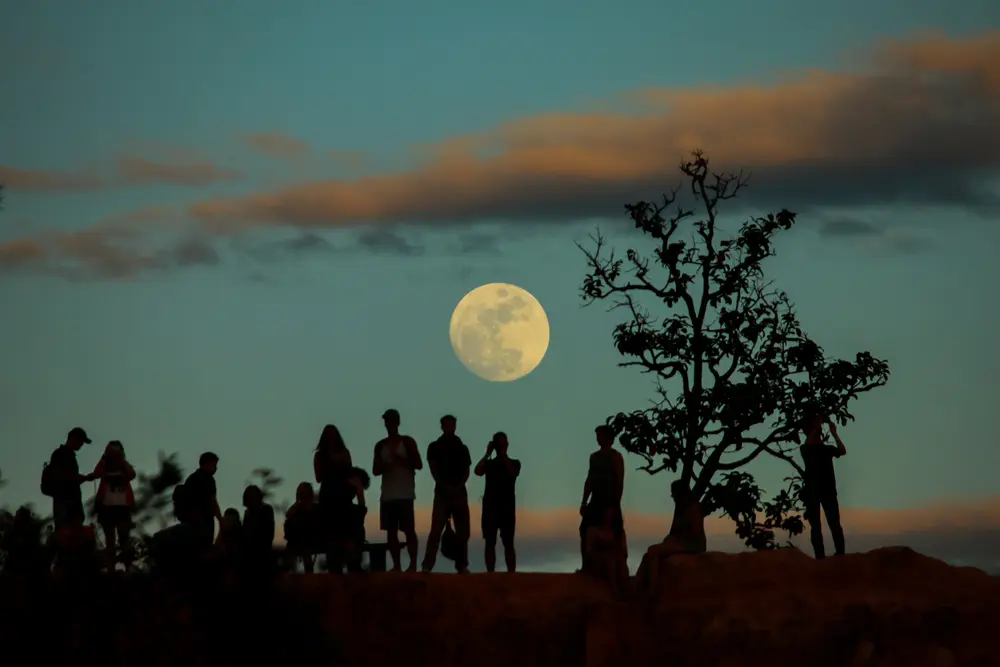
Cultural Impact of the Full Moon
The Full Moon phase has long captured our attention. It provides extra light at night (especially in the days before electricity or if you are away from city lights. It speaks to the poet and artist inside all of us, inspiring us and helping to create some of our most famous and beautiful works of art in various forms. It helps mark time in the year, telling our ancestors when to plant, harvest, etc.
The full moon is integral to our lives, especially so in the past when many cultures named each full moon of the year based on the season, traditions, and activities associated with that time. Today, we still use many of these traditional names despite the fact many of us don’t participate in these traditions and activities anymore.
Most of these names come from Native American traditions in relation to the seasons and other annual events. These names and traditions have some variation, but primarily come from the Algonquin tribes from New England and then west to Lake Superior. Today we use the English interpretation of these Native American names. Others come from Celtic, Anglo-Saxon, medieval English, or Neo-Pagan origins.
Due to the lunar cycle not lining up perfectly with our current calendar system (29.5 days versus our 30/31 day month), the dates of the full moon shift from year to year since the lunar calendar typically ends with 11 extra days compared to our monthly/ solar calendar.
Monthly Full Moon Names
So, let’s dive into the names of our full moons! The following is based on 2023 with the date range depending on your time zone. Don’t forget to doublecheck the details for your location.
Many people say the word “full” in front of the name to emphasize the phase (i.e. the Full Strawberry Moon), but it is not necessary (so both Full Strawberry Moon and Strawberry Moon are accepted uses).
January 6th-7th: The Wolf Moon
Named for the increased wolf activity during midwinter with sustained frigid temperatures, deep snow in the north, and limited food availability, the first full moon of the year is typically called the Wolf Moon. Even today, you may see increased predator activity during this month, but the Native Americans and other peoples of years past (such as Celtic and Old English populations) definitely felt it, having to be cautious of animals who were also hungry in the depths of winter.
This moon is also sometimes known as Old Moon, Severe Moon, Center Moon, the Moon After Yule (Anglo-Saxon), Stay Home Moon (Celtic), Quiet Moon (Celtic), or the Ice Moon. In some tribes, this was the Snow Moon, but most used this moniker for the second full moon of the year. In China, it is known as the Holiday Moon.
Related Reading: When to Catch a Glimpse of the January Full Moon This year
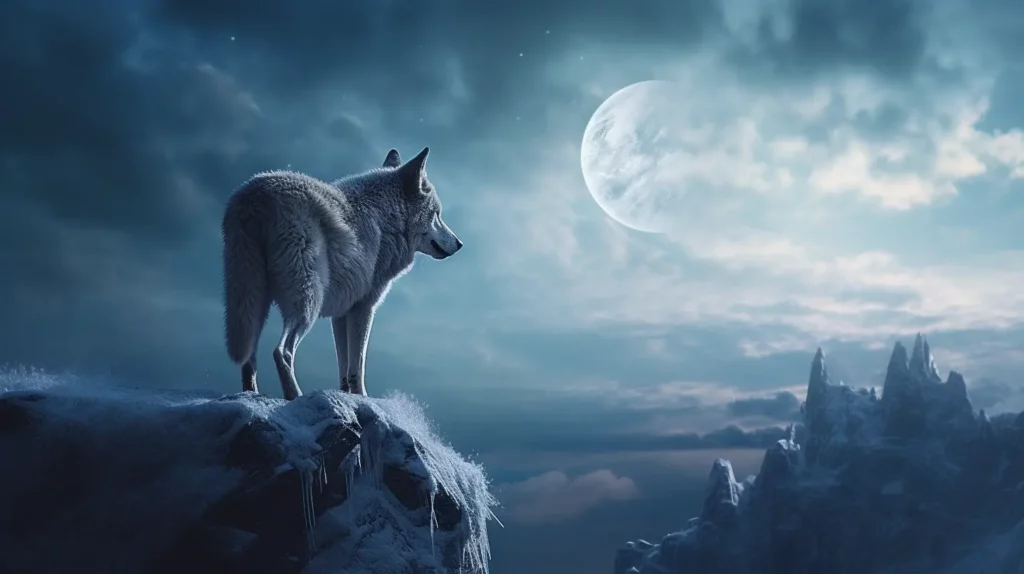
February 5th-6th: The Snow Moon
Since February is usually the month with the most amount of snow in the Northern Hemisphere, this month’s full moon is called the Snow Moon. This weather also meant that this month could be particularly difficult to find food.
Therefore, some tribes referred to the February Moon as the Hunger Moon. Bear Moon was also used as it is the time when bear cubs are born. Storm Moon and Ice Moon are other variations of the same concept and are often used in Celtic and Old English traditions in addition to Snow Moon. In China, it is known as the Budding Moon.
Fun fact: Because it only has 28 days in a common year and 29 in a leap year, sometimes February doesn’t have a full moon, which can be referred to as a Black Moon. This occurs about once every 19 years with the last time happening in 2018, meaning the next time will be 2037.
Related Reading: When to Catch a Glimpse of the February Full Moon This year
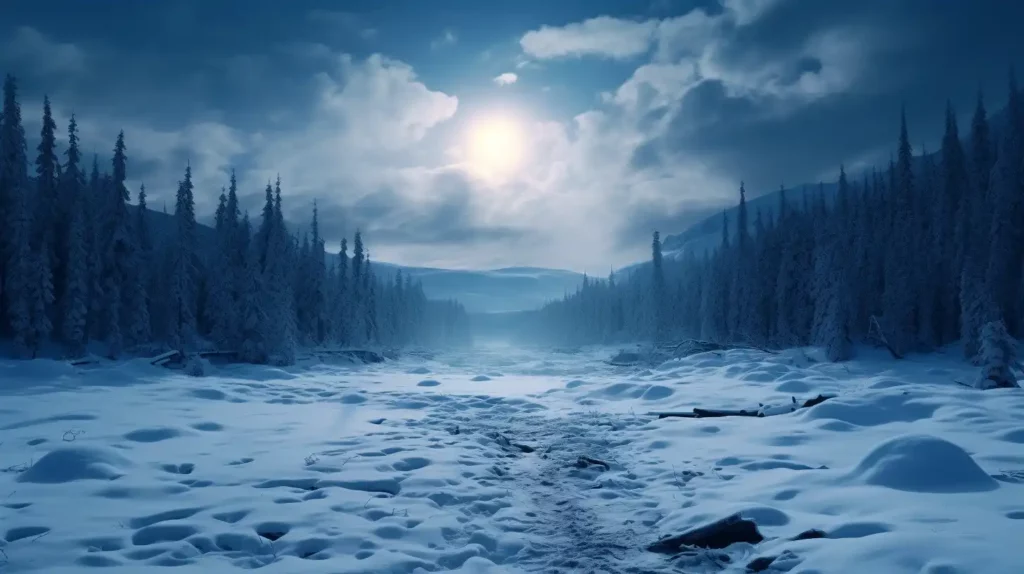
March 7th: The Worm Moon
With the passing of the typically harshest winter month, we typically start to see the signs of spring. In particular, the ground begins softening, and earthworms as well as their trails in the ground return. This change invites robins and other birds to return due to the increase in food availability.
Some tribes referred to the March Full Moon as the Crow Moon as the cawing of crows signals the end of winter. Others called it the (Snow) Crust Moon in reference to the crust that forms when it thaws during the day, refreezes during the evening, thaws the next day, etc. Others used it to mark the beginning of tapping maple trees for sap by calling it the Sap/ Sugar Moon.
The Anglo-Saxon name for this full moon was the Lenten Moon for the Germanic word for spring. Celtic names included the Wind Moon and Plough Moon. Old English names include the Chaste Moon and Death Moon for the purity of the spring season. In China, it is known as the Sleepy Moon.
Related Reading: When to Catch a Glimpse of the March Full Moon This year
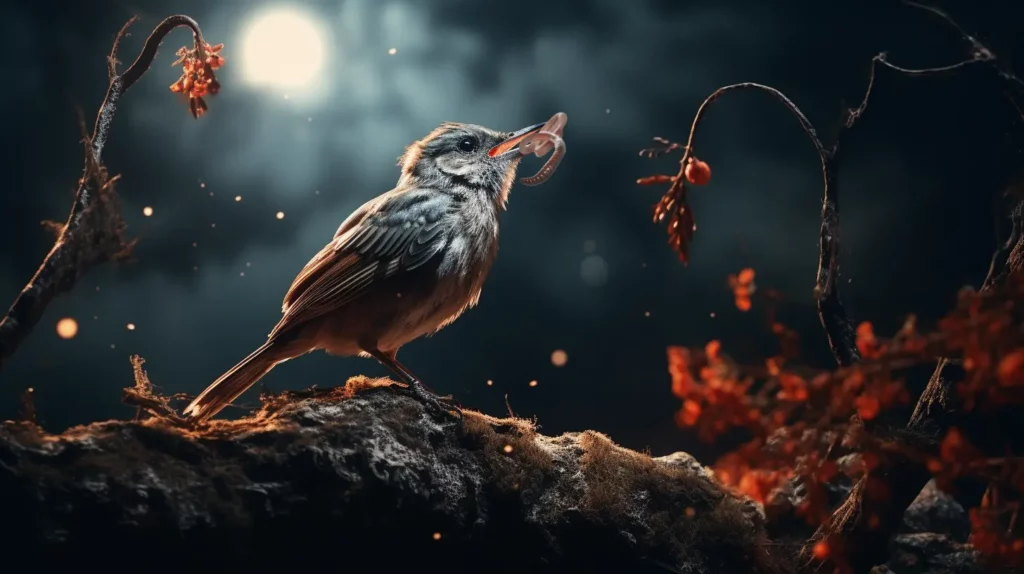
April 6th: The Pink Moon
As temperatures continue to increase as the Earth continues its orbit around the Sun and its axial tilt means the more direct sunlight reaches the Northern hemisphere, we begin to see the floral signs of spring. One of the earliest spring flowers is known as grass pink/ herb moss pink or wild ground/ pink phlox and therefore provides the name for the fourth full moon of the year: the Pink Moon.
Other Native American names focused on this basic idea of the winter thawing away to the growth of spring with names like the Breaking Ice Moon and the Moon of the Red Grass Appearing. Coastal tribes called it the Fish Moon to mark the time when the shad moved upstream to spawn.
Other cultures utilized similar ideas based on growth and rebirth such as the Sprouting Grass Moon. The Anglo-Saxons called it the Egg Moon while the Celts featured Budding Moon, New Shoots Moon, Seed Moon, and Growing Moon.
In Christianity, this is referred to as the Paschal Moon, and ecclesiastical rules dictate that the first Sunday after this moon is Easter. A Neo-Pagan name is Awakening Moon. In China, it is known as the Peony Moon.
Related Reading: When to Catch a Glimpse of the April Full Moon This year
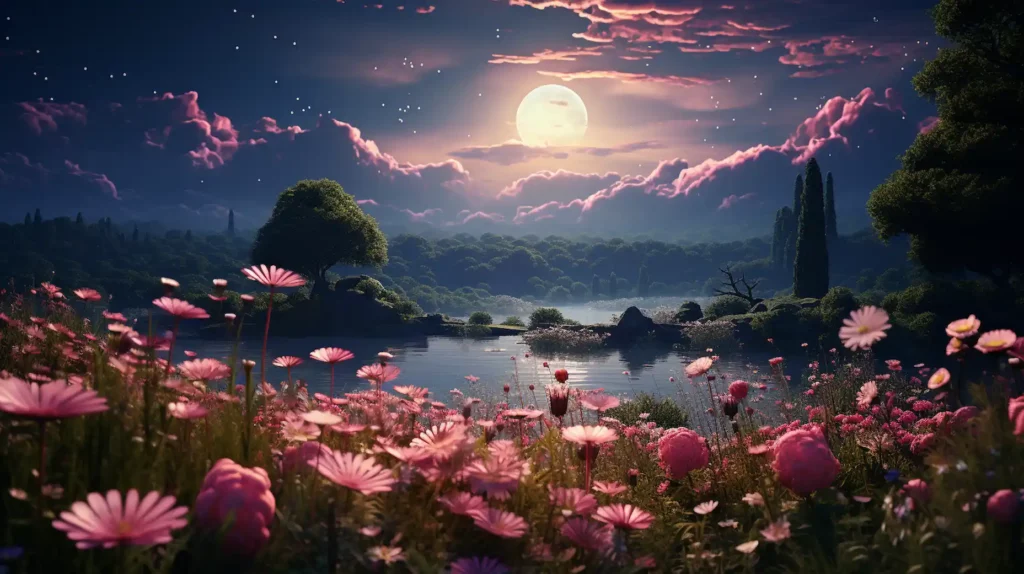
May 5th-6th: The Flower Moon
While northern areas may still receive a surprise snow shower around Mother’s Day or even graduation, May is usually pretty firmly in spring and perhaps even feels like summer at times. Since flowers and other flora are abundant by now, this full moon is typically known as the Flower Moon, but other Native American names include Budding Moon, Egg Laying Moon, and Planting Moon.
Celtic and Old English names include the Hare Moon, Mothers’ Moon, Bright Moon, and Grass Moon. Other names of various origins include the Corn Planting Moon and the Milk Moon. In China, it is known as the Dragon Moon.
For 2023, the full moon was also marked by a penumbral lunar eclipse visible in Europe, Asia, Australia, Africa, and Antarctica over land as well as in the Pacific, Atlantic, and Indian oceans. For those within the eclipse path, it looked as if 97% was covered in shadow.
Related Reading: When to Catch a Glimpse of the May Full Moon This year
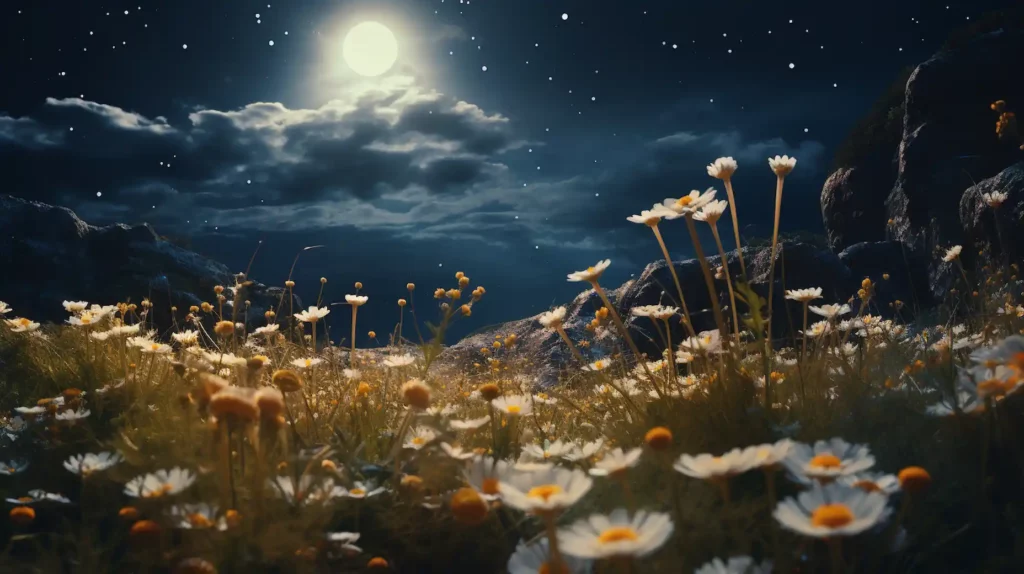
June 3rd-4th: The Strawberry Moon
The sixth full moon of the year is the Strawberry Moon as it marks the month in which strawberry picking season peaks. Other Native American names include the Berries Ripen Moon, the Green Corn Moon, and Hot Moon to designate the beginning of summer heat.
The Celtic names included the Rose Moon (often used by Europeans in general), the Mead Moon, the Horse Moon, and the Dyan Moon. Other English names for this full moon are Flower Moon and Planting Moon. In China, it is known as the Lotus Moon.
Related Reading: When to Catch a Glimpse of the June Full Moon This year
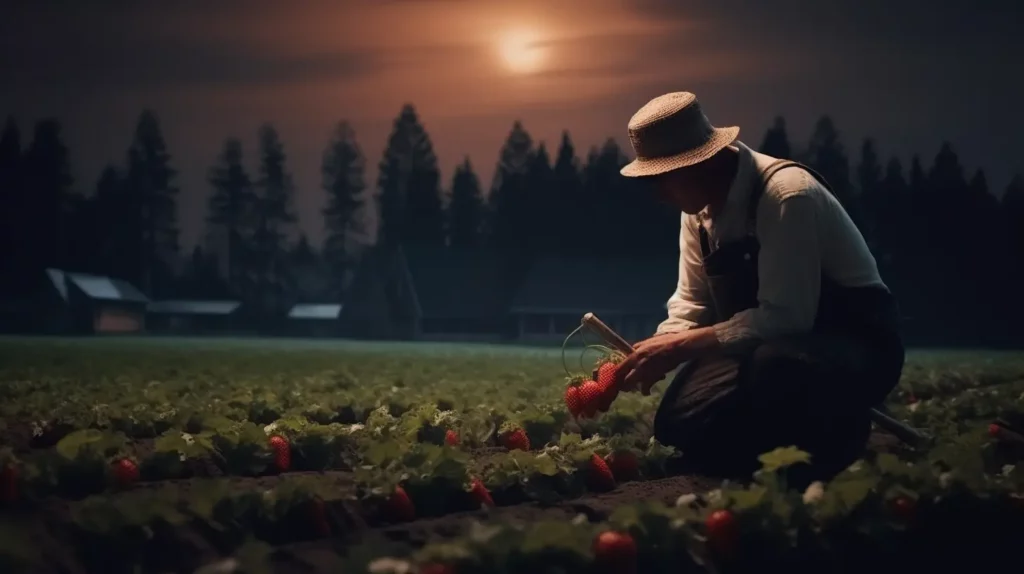
July 3rd: The Buck Moon
Deers were a significant part of the Native American tribes’ lives as they were a valuable resource, providing food, clothing, shelter, tools, and more. Male deer shed their antlers every year, and during this time of year, the new antlers of bucks would push out from their foreheads, coated in velvety fur. Therefore, the moon was dubbed the Buck Moon.
Other tribes called it the Thunder Moon in reference to the time of year when thunderstorms are most frequent, the Salmon Moon, and the Raspberry Moon. Celtic names included the Calming Moon, Wyrt Moon, Herb Moon, and Mead Moon. To the Anglo-Saxons, it was known as the Hay Moon for the July hay harvest. In China, it is known as the Hungry Ghost Moon.
Related Reading: When to Catch a Glimpse of the Full Moon in July This year
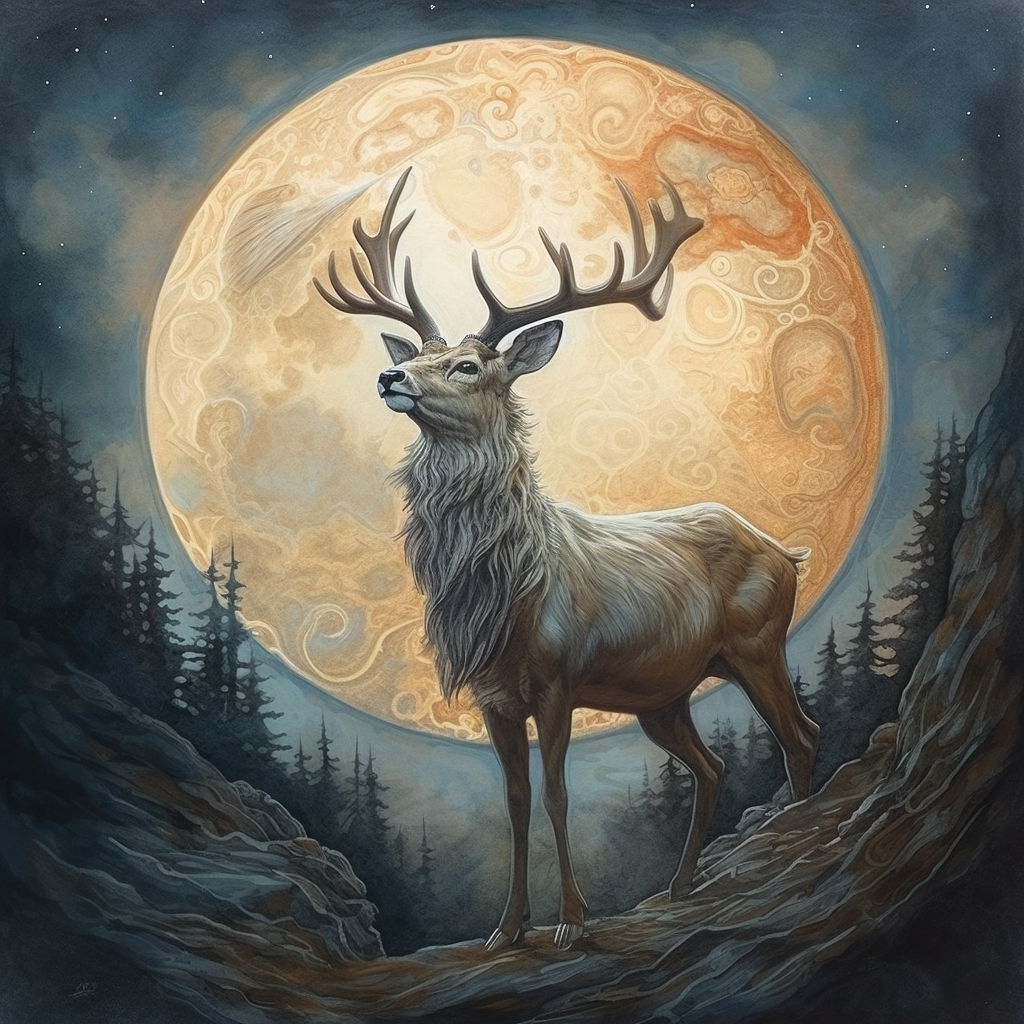
August 1st-2nd: The Sturgeon Moon
This is the time of year when a particularly large fish from the Great Lakes and other major bodies of water in the North such as Lake Champlain is most easily caught. To commemorate this time of abundance, the Native American fishing tribes named it the Sturgeon Moon.
Other tribes referenced the crops of this time of year such as the Green Corn Moon or the Grain Moon. Since the moon looks slightly reddish during its rising this time of year due to the reflected sunlight entering our atmosphere at particular angles, some tribes called it the Red Moon.
Celtic names included the Dispute Moon and Lynx Moon while the Anglo-Saxons referred to it as the Grain Moon. Other English names include the Corn Moon and Lightning Moon. In China, it is known as the Harvest Moon.
Related Reading: When to Catch a Glimpse of the Full Moon in August This year
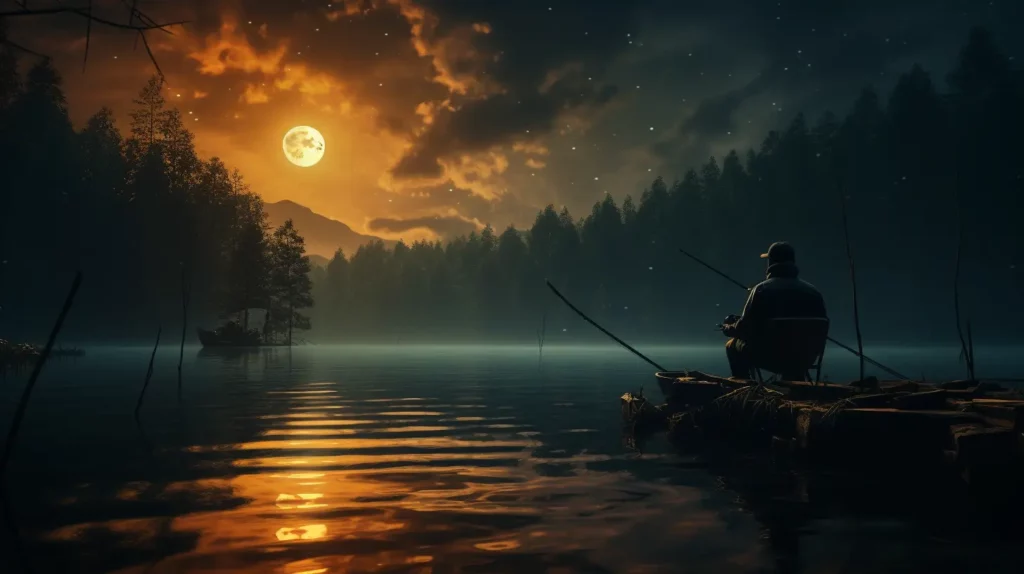
August 30th-31st: The Blue Moon
You may have noticed that we aren’t in September yet! This year is one where the 29.5-day lunar cycle catches up and deviates from the typical 12 lunar cycles in a full year. The extra full moon does not conform to the typical monthly naming system.
The second full moon occurring within a calendar month is dubbed a Blue Moon. You may have heard the phrase “once in a blue moon” to refer to something that happens rarely. While it is not a common occurrence, a Blue Moon occurs about once every three years on average.
A seasonal blue moon, or the more traditional definition of a blue moon, refers to the third full moon in a season that has four full moons which was first proposed by the Maine Farmers’ Almanac sometime between 1932 and 1957. The second full moon in a calendar month definition was borne out of a misunderstanding of this original definition.
Fun facts:
- Similar to why February sometimes doesn’t have a full moon, February will never have a blue moon in the common definition of two full moons in a calendar month.
- You may have noticed that this term does not refer to the color of the moon, which does change. Does the moon ever appear blue? Yes, and this actually lines up with the “once in a blue moon” phrase as it is very rare. An enormous amount of dust and smoke in the air can cause enough alteration in the atmosphere and path of light that it can shift the light into the blue spectrum. This has typically happened around volcanic eruptions such as the 1883 Krakatoa volcano eruption in Indonesia, the 1983 El Chichon volcano eruption in Mexico, the 1980 Mt. St. Helens eruption in Washington state (U.S.), and the 1991 Mount Pinatubo eruption in the Philippines. Large forest fires can also cause this phenomenon such as the September 24th, 1950 Northern Alberta (Canada) forest fire which caused a 200-mile-wide swath of smoke.
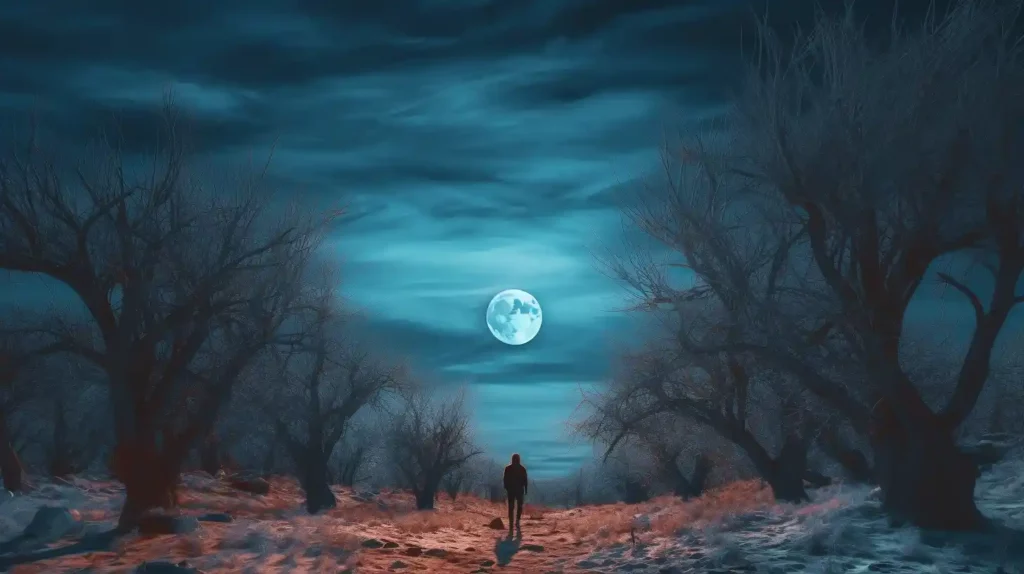
September 29th: The Harvest Moon or Corn Moon
Continuing our regular naming of the monthly full moons, the moon occurring closest to the Autumnal (Fall) Equinox is traditionally referred to as the Full Harvest Moon. It comes in September in most years, but every 4-5 years, it falls in October.
At the peak of the harvest, farmers can work into the night by the light of this full moon. The moon usually rises an average of 50 minutes later each night, but for the few nights around the Harvest Moon, it seems to rise at nearly the same time each night (25-30 minutes later each night across the U.S. and only 10-20 minutes later for much of Canada and Europe).
Seasonal and chief staples of the Native Americans like corn, squash, beans, and wild rice would be ready for gathering and the full moon provided a reliable nightly harvesting time when it was needed most. Many cultures around the world celebrate the Harvest Moon. In Japan, “tsukumi” literally means “looking at the Moon” but is often used for the tradition of viewing the Harvest Moon. Koreans call it “chuseok” and the Mid-Autumn Festival in China is similar.
In 2023, the September full moon is the Harvest Moon.
If the September full moon is not the Harvest Moon, it is called the Corn Moon as this is the time when crops are gathered from the summer season. Celtic and Old English names include the Wine Moon, Song Moon, and the Barley Moon for similar reasons. In China, it is known as the Chrysanthemum Moon.
Related Reading: When to Catch a Glimpse of the Full Moon in September This year
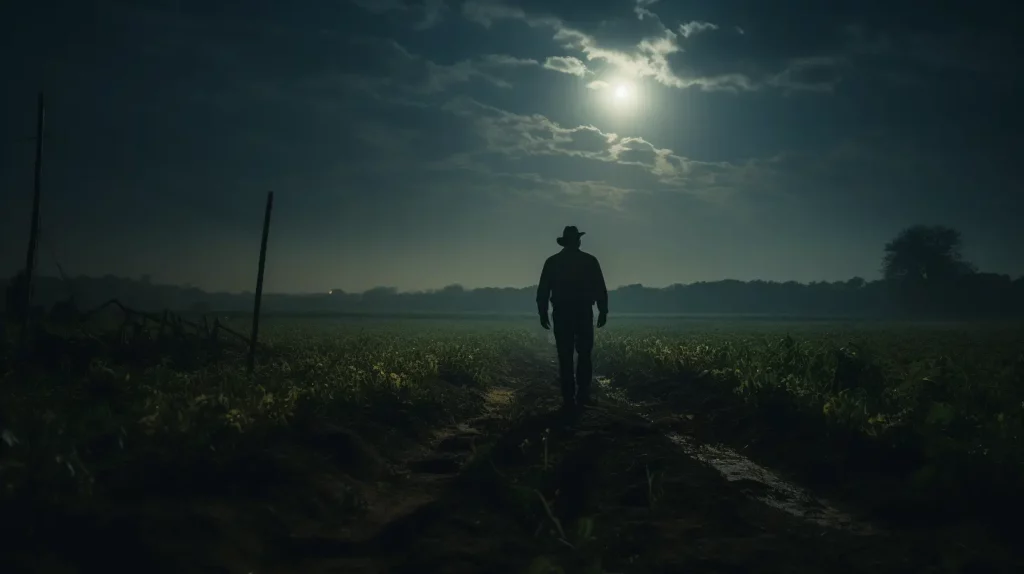
October 28th-29th: Hunter’s Moon/ Harvest Moon
Many people know that later fall is the time to hunt. The deer and foxes are nice and fat. The leaves are falling. The harvests from the fields have been reaped. Hunters can take advantage of these natural and social conditions to more easily hunt their prey even at night, including other predator animals that are also hoping to take advantage of the season. This name comes from Anglo-Saxon origins.
As mentioned earlier, October’s full moon may also be the Harvest Moon if it is one nearest to the autumnal equinox.
Some Native American names for this moon include the Drying Rice Moon, the Falling Leaves Moon, and the Freezing Moon to designate the traditions of this month. The Celtics used Seed Fall Moon and the Pagan Blood Moon or Sanguine Moon is typically used for this full moon (this is different than a total lunar eclipse which is referred to as a Blood Moon). Other names include the Travel Moon and the Dying Grass Moon. In China, it is known as the Kindly Moon.
For 2023, this moon will also feature a partial lunar eclipse on the 28th-29th (depending on your location) in Europe, Asia, Africa, and most of Australia. Other areas such as Northeast North America and much of the Eastern side of South America as well as parts of Australia and Alaska will be able to see the penumbral side of the eclipse.
In addition, October 21st is International Observe the Moon Night so be sure to check for local events both related to the lunar eclipse and this special annual event to get together and observe the moon in fun and interesting ways.
Related Reading: When to Catch a Glimpse of the Full Moon in October This year
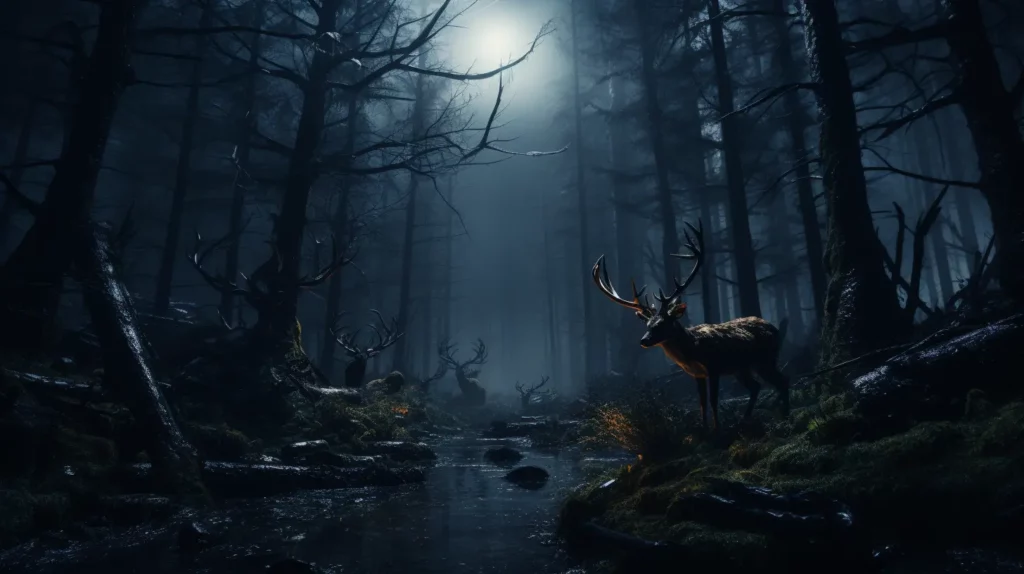
November 27th: The Beaver Moon
There are a couple of variations on the reasoning behind this name. Some suggest that Beaver Moon came from the fact that this was the time to set beaver traps before the swamps freeze so that a decent supply of winter furs could be obtained. It’s also suggested that the name comes from the fact that beavers are actively preparing for winter this month.
It can also be called the Frost or Freezing Moon, particularly from Native American tradition. In Celtic, it is referred to as the Mourning Moon and the Darkest Depths Moon. In China, it is known as the White Moon.
Related Reading: When to Catch a Glimpse of the Full Moon in November this year

December 26th-27th: Cold Moon
Typically called the Cold Moon, this moon comes at the time of year when the change in weather from fall can be particularly felt. The nights are their longest and darkest so the Full Moon provides some needed light.
Thankfully, the moon is above the horizon for a long time as it takes a high trajectory due to it being opposite the low Sun. Old English and Anglo-Saxon names include the Moon Before Yule and the Long Night Moon.
A Celtic variation is the Oak Moon, although they also called it the Cold Moon. In China, it is known as the Bitter Moon.
Related Reading: When to Catch a Glimpse of the December Full Moon This year
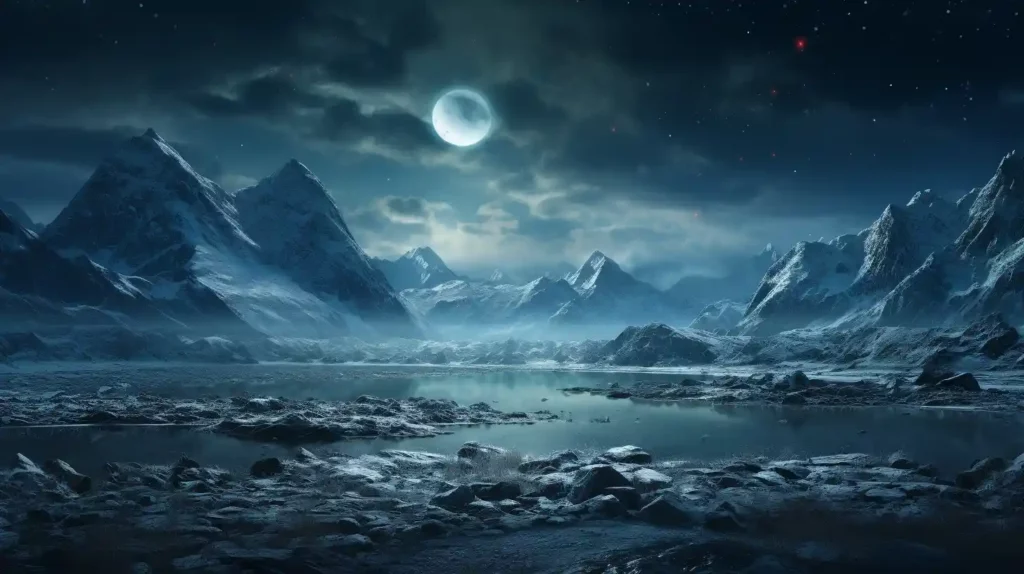
What about the Southern Hemisphere?
You may have noticed that these all refer to the traditions and seasons of the Northern Hemisphere which do not translate to the Southern Hemisphere. It wouldn’t make much sense for December to be the Cold Moon in the Southern Hemisphere since that is the beginning of their summer.
There seems to be some disagreement on the full moon names in the Southern Hemisphere. Since many of the present-day inhabitants of Australia and New Zealand were colonists from Europe, it is often assumed that they use the same names as in the Northern Hemisphere, but simply shifted to correctly line up with the month in the Southern Hemisphere, i.e. as below:
- January: Buck Moon
- February: Sturgeon Moon
- March: Harvest Moon
- April: Hunter’s Moon
- May: Beaver Moon
- June: Cold Moon
- July: Wolf Moon
- August: Snow Moon
- September: Worm Moon
- October: Pink Moon
- November: Flower Moon
- December: Strawberry Moon
While many do use this method, it’s not that simple since many of the animals listed in the moon names are not native to Australia and New Zealand. There have been various suggestions for how to adapt these names to be more Australia-based, but nothing official has been decided. It’s also been reported that many people in the Southern Hemisphere don’t use full moon names, often simply referring to them by the month in which they occur.
The Maori people, however, have their lunar calendar called the maramataka (marama means both the moon and the lunar month) which starts in May. Striving to match the lunar months with the solar year (even though the former is 11 days shorter), Maori listed 13 months in their lunar year, indicating that one month was occasionally added to account for the extra time. Some tribes did not follow this method and used a different system to account for that extra time.
The months were listed numerically and each month had its own name, sometimes varying between tribes. So for month names, May to June was Te Tahi for “the first”, June-July was Te Rua for “the second”, etc. The moon names in order from May are Pipiri, Hongonui, Here-turi-kōkā, Mahuru, Whiringa-ā-nuku, Whiringa-ā-rangi, Hakihea, Kohi-tātea, Hui-tanguru, Poutū-te-rangi, Paenga-whāwhā, and Haratua.
Each refers to how the earth and the traditions change throughout the year such as Pipiri for May-June which means “all things are contracted because of the cold; likewise man” and Kohi-tatea for December-January means “fruits are now ripe, and man eats of the new food of the season”. The Maramataka was revived in 1990 by the Maori Language Commission, but adapted for the modern world.
The Southern Hemisphere includes numerous other cultures and countries, some of which adopted the European standards due to colonization and some who have held onto their traditional names, reinstated the traditional names, or have recently created their full moon names.
South Africa is one such example that established its own unique names based on South African culture in 2020. They have unique names for blue moons that fall within a specific month as opposed to our system of simply having it be called the blue moon.
Month | First Full Moon | Second Full Moon (if applicable) |
January | Mantis Moon | Leopard Moon |
February | Dassie Moon | (Never has a blue moon) |
March | Harvest Moon | Ochre Moon |
April | Diamond Moon | Gold Moon |
May | Frost Moon | Fire Moon |
June | Sisters Moon | Honey Moon |
July | Meerkat Moon | Protea Moon |
August | Peace Moon | Dusty Moon |
September | Spring Moon | Blue Crane Moon |
October | Whale Moon | Elephant Moon |
November | Milk Moon | Wool Moon |
December | Springbok Moon | Eland Moon |
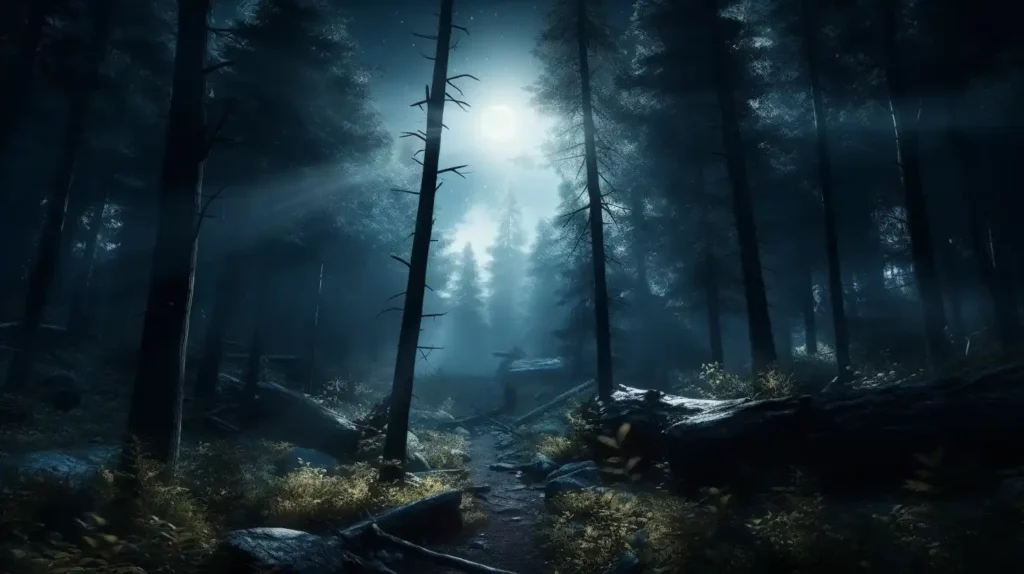
Sneak Peak to 2024
So those are the dates for 2023, but what about the future? As stated previously, the dates of the full moon for each month will change slightly each year based on the 29.5-day lunar cycle which does not line up perfectly with our monthly calendar.
Check out the schedule for the full moons of 2024 listed below with the standard/ traditional full moon names based on the Northern Hemisphere:
- January 25th-26th: Wolf Moon
- February 24th: Snow Moon
- March 25th: Worm Moon
- April 23rd-24th: Pink Moon
- May 23rd: Flower Moon
- June 21st-22nd: Strawberry Moon
- July 21st: Buck Moon
- August 19th-20th: Sturgeon Moon
- September 17th-18th: Harvest Moon/ Corn Moon
- October 17th: Hunter’s Moon
- November 15th-16th: Beaver Moon
- December 15th: Cold Moon
Conclusion
The Full Moon helped our ancestors in their various activities and traditions, particularly in regards to marking the seasons to help them know when to perform certain activities like harvesting. Each month’s full moon was given a name in many cultures to help commemorate this time and preserve the knowledge.
Today, we continue to use some of these names, particularly those from the North American Native tribes although names from other cultures have also survived throughout history. In the Southern Hemisphere, things become a little more complicated as some use the Northern Hemisphere names, some use the Northern Hemisphere names but shift them to better correspond with the season, some use their culture’s traditional names, some have recently created new names based on their culture’s history, and some don’t use Full Moon names at all, preferring to simply refer to the month it occurs in if necessary.
The regular phases of the moon continue to help us mark time throughout the year, reminding us of passing time, months, and seasons. The Full Moon especially continues to impact our lives in a variety of ways even if they are different than for our ancestors.
Whether you use the names listed here or not, we hope this article has made you excited about the moon and perhaps marked the upcoming ones on your calendar. They may not be great for stargazing, but it’s a wonderful excuse to gaze up at the moon, especially with those who are important to us.

Sarah Hoffschwelle is a freelance writer who covers a combination of topics including astronomy, general science and STEM, self-development, art, and societal commentary. In the past, Sarah worked in educational nonprofits providing free-choice learning experiences for audiences ages 2-99. As a lifelong space nerd, she loves sharing the universe with others through her words. She currently writes on Medium at https://medium.com/@sarah-marie and authors self-help and children’s books.
Wow! There's more to read 🚀
This moon-related story is part of our collection of stargazing articles. If this piece sparked your interest, you’re sure to enjoy the fascinating insights offered in our subsequent articles.
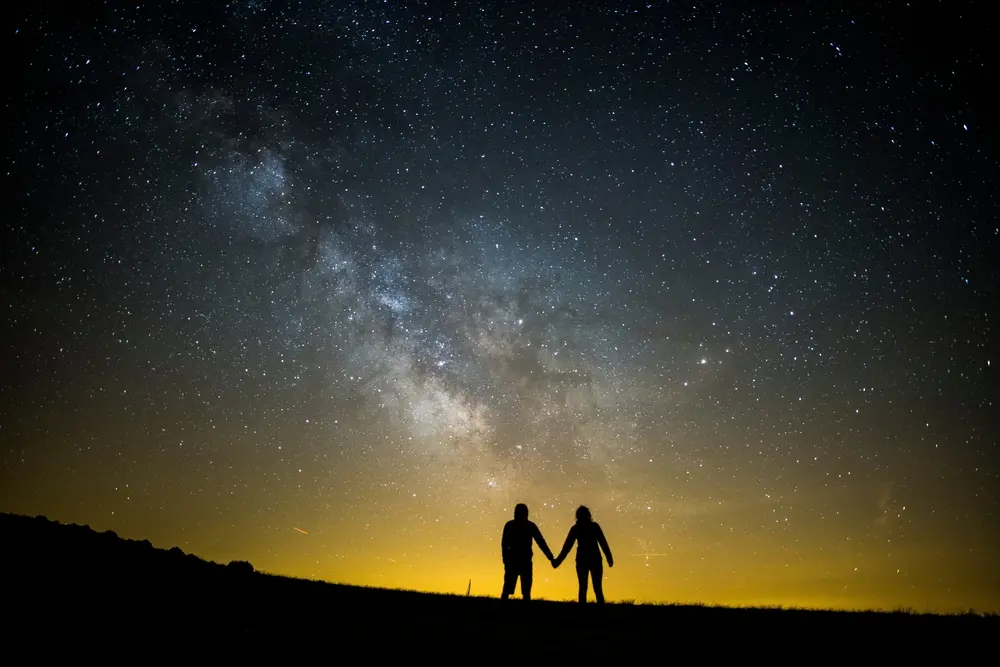
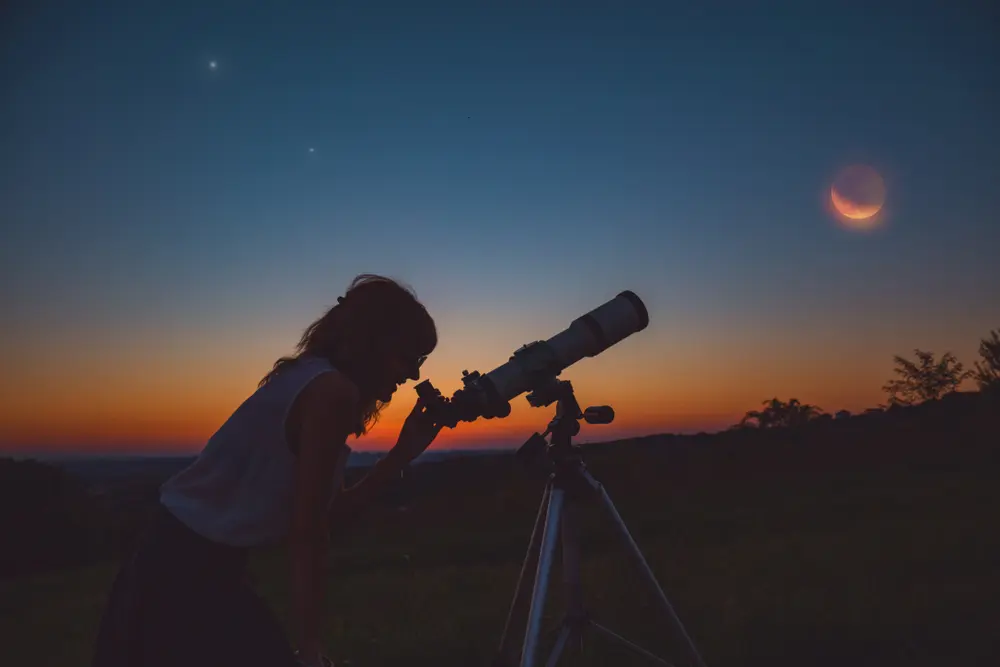
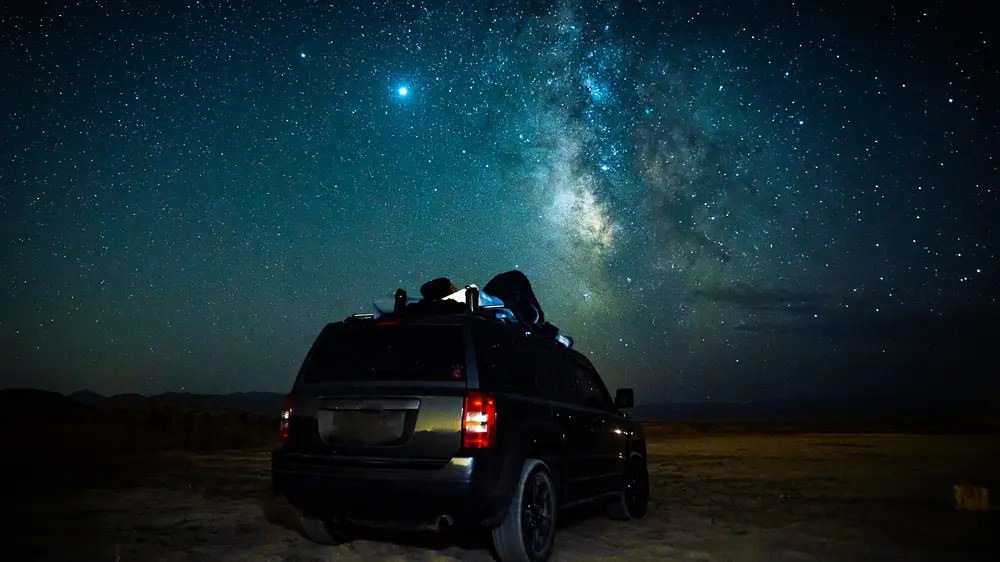
Learn how to safely stargaze in the great outdoors. Our tips will help you have a safe and enjoyable experience while exploring the night sky.
